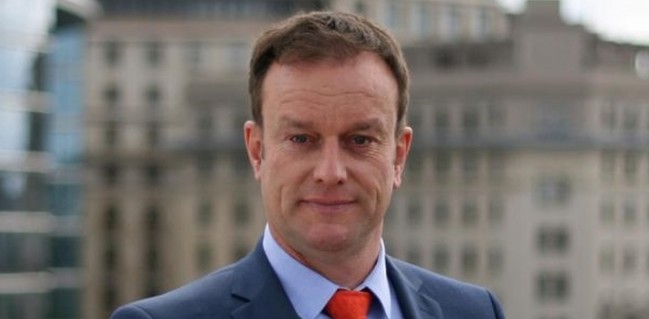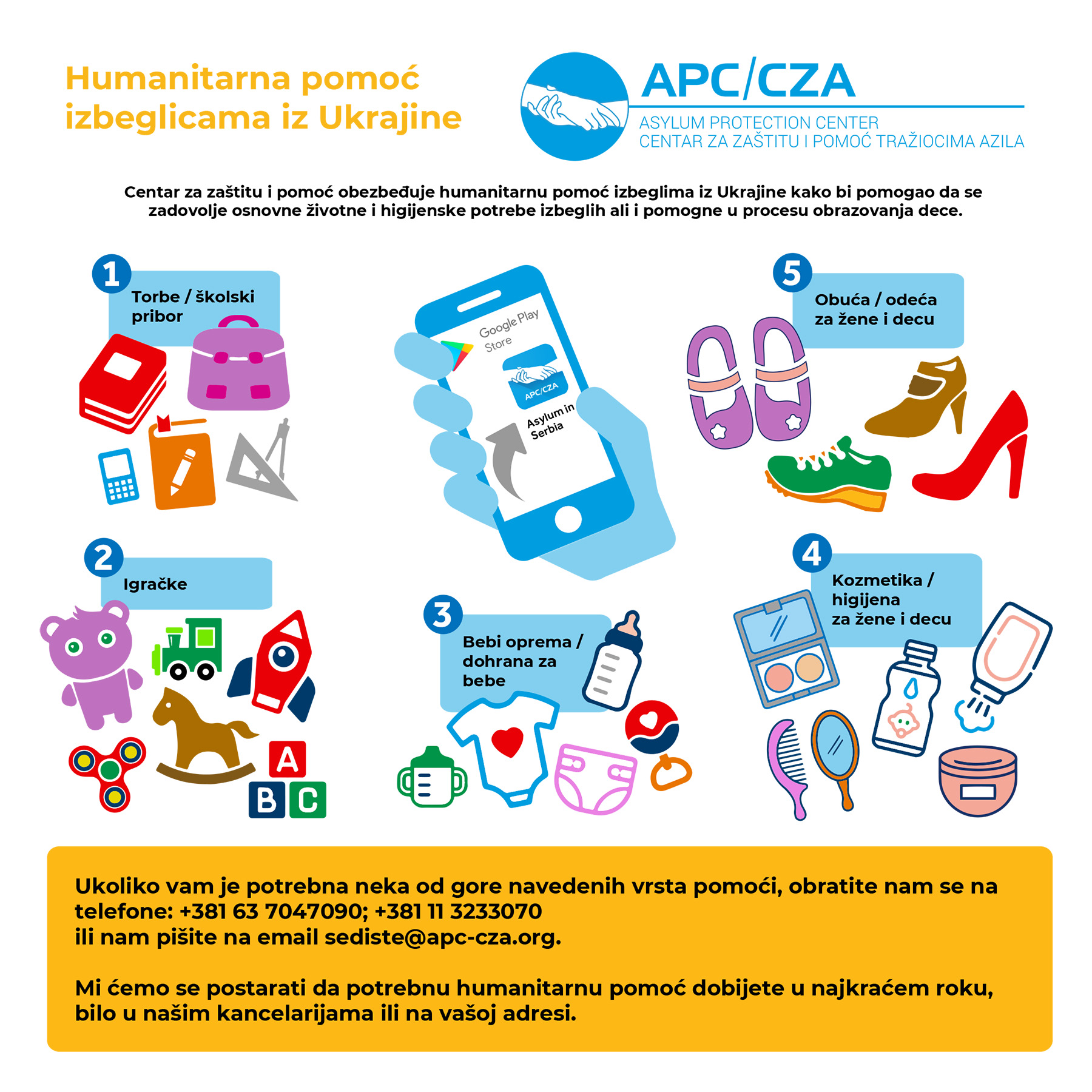Austria pulled its handbreak and placed the upper limit for accepting asylum seekers and refugees. Re? is primarily about a kind of political cosmetics. Much more important is that border controls towards Slovenia are tightening. All asylum seekers, unlike in previous practice, will be registered and controlled before they are released in Austria. Only those who want to go to Austria or Germany will be released. Everyone else, such as those who would come to Denmark or Sweden, will be returned. Will these measures lead to the fact that the number of refugees and asylum seekers does not really cross the upper limit – no one knows today, and even Austrian federal chancellor Verner Fayman.
But increased border controls have two effects: on the one hand, they bring in internal political relief to Faymans large coalition of Social Democrats and Conservatives, as most Austrians want to end the “welcome culture”. On the other hand, increasing the return of asylum seekers at the border, places great pressure on other countries on the Balkan route, primarily the countries to which refugees first arrive, Greece and Italy. They should be forced, according to Austrian Foreign Minister Sebastian Kurz, to protect the EU’s external borders better and thus deter refugees and asylum seekers from joining the European Union. The refugee policy is therefore “broken over the knees,” since attempts to cripple the crisis with the usual means of the EU are obviously ahead of a definite failure.
And Germany will set the upper limit
Austria can rightly be called on to not receive refugees any more, and that Germany is also increasing the return of refugees to the German-Austrian border. Austrian Chancellor Fayman agreed with the German Chancellor to issue a decision on border controls and a legally questionable upper border.Angela Merkel, who in her own party faces sharp criticism of the refugee policy, has nothing against the upper border in Austria. It will not be long until she begins to make a turn in her politics. In the end, she will be able to call on Germany that it can not overcome this challenge alone. Sweden has already come to terms with this fact, Austria is currently doing so. As the only country that receives a significant number of refugees, Germany remains in an extremely dissatisfactory European Union. This will not be sustained in the long run even by Angela Merkel.
If no meaningful success in the redistribution of refugees at the European level is achieved in eight weeks or the number of refugees is not reduced in cooperation with Turkey, Germany will surely begin to follow the Austrian model. Perhaps the term “upper limit” will not be used because it was used by the Bavarian CSU loudly, but instead, it would be nice to talk about the orientation values, the target values, or something similar. Currently chairing the European Council, Dutch Prime Minister Mark Rutte, announces “Plan B” if the envisaged system of hot spots, redistribution and securing external borders finally does not produce visible results. Pri tom se postizanje tog cilja u predvi?enom roku od osam nedelja ?ini malo verovatnim, s obzirom na posva?anost šefova država i vlada u Evropskoj uniji.
Intentional chaos between Greece and Austria?
Therefore, if Germany, after Austria, would considerably reduce its readiness to accept the refugee, what would happen on the Balkan route and the borders of the Schengen zone? In the Western Balkan countries and Greece, there could be a terrible stagnation of refugees, asylum seekers and migrants. That would be a catastrophe for thousands of people in the middle of Europe. Serbia has already announced that they will no longer allow influx of the refugees. The expectation of many – from Sweden to Italy – is surely that the EU will become so unattractive to refugees and asylum seekers that they will not even try to reach their goal. Before a crowd of crowds, Europe would capitulate and lose its humanity, its mercies.
The upper limit does not solve the problem – it only shifts it from the center of Europe to its edges, where refugees arrive. When asked what should be done when the upper border is reached, the Austrian Interior Minister answers: interiors. Should the effect of everything be that thousands of men, women and children, against their will, be kept on the borders of Europe? This should not be the last answer to the issue of resolving the refugee crisis. Do not we really have a better solution?
 AzilSrbija AzilSrbija
AzilSrbija AzilSrbija





